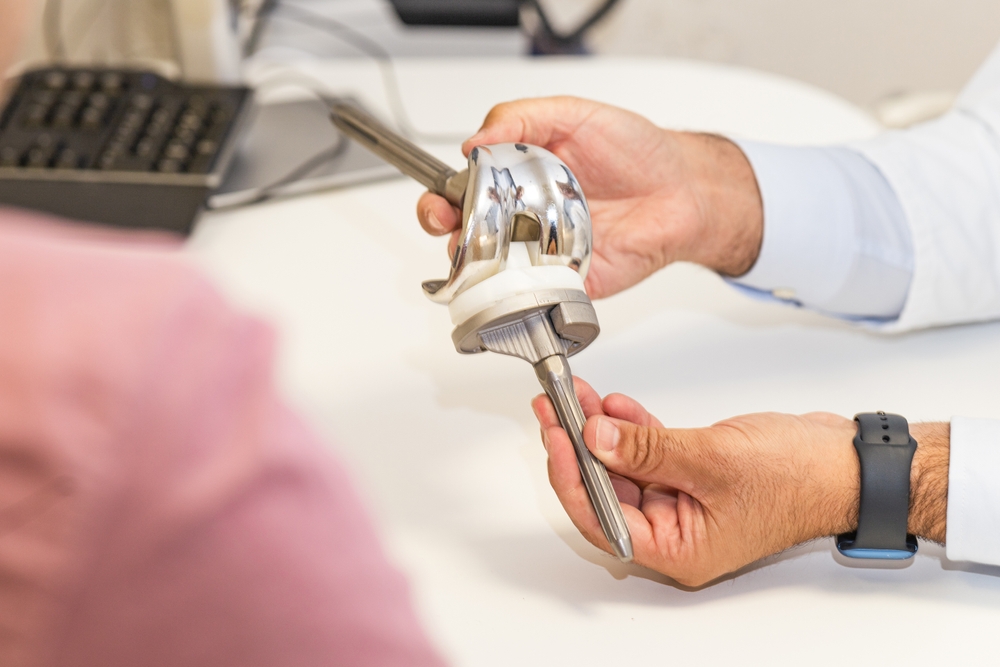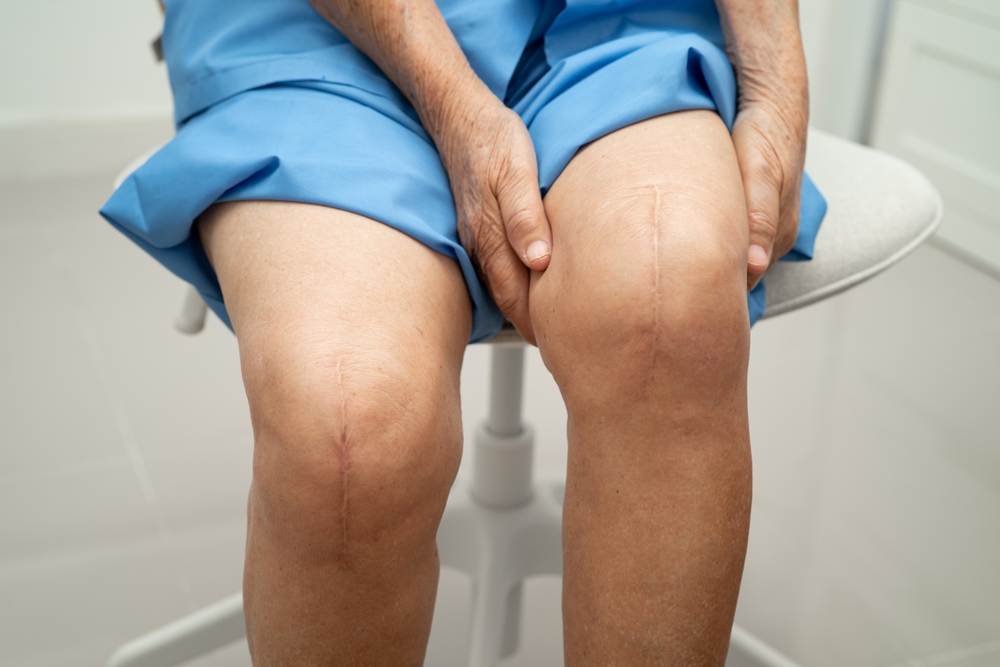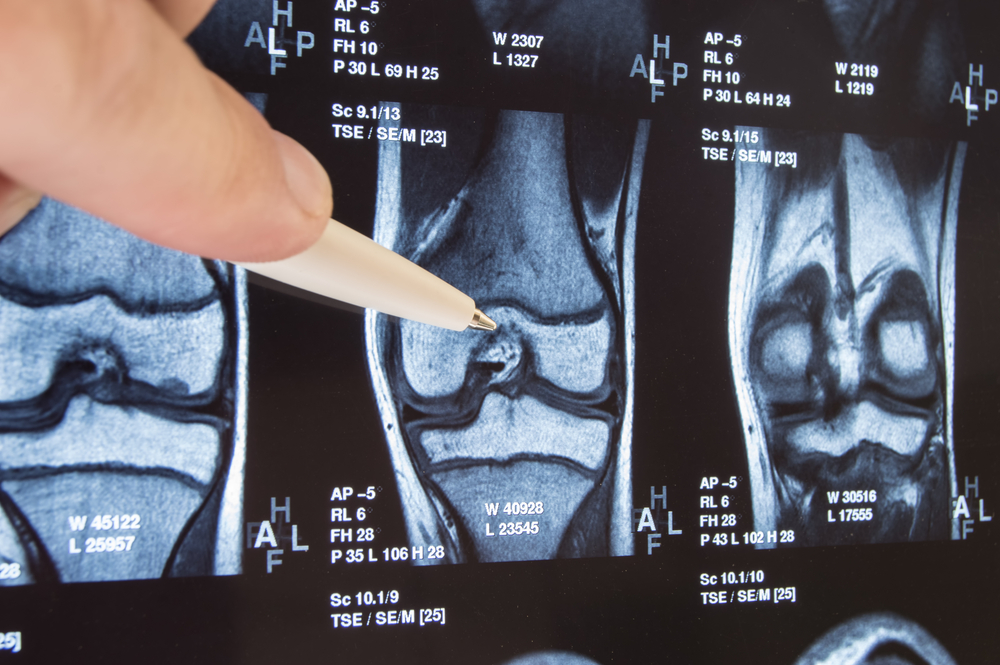
Proving Manufacturer Liability in Medical Device Cases
How Californians Can Hold Device Makers Accountable for Defects
Introduction: Why Device Liability Matters
If you've suffered harm because of a defective medical device in California, you’re not alone. Medical devices—from implants to pacemakers to surgical tools—are meant to improve lives, but when they fail, the consequences can be severe. Proving manufacturer liability is essential if you want justice and compensation for your injuries. California law offers strong protections, but the legal process can be daunting. Understanding how liability works, what evidence you need, and how to take action can make all the difference. Whether your case involves a malfunctioning device, a recalled implant, or hidden risks, Attain Law is here to help you find answers.
Often, these cases overlap with other areas such as dangerous drugs or faulty consumer products, making it important to work with attorneys who understand the nuances of product liability in California.
What Is Manufacturer Liability?
Manufacturer liability means that a company can be held legally responsible for injuries caused by defects in the products they make. In California, medical device makers must ensure their products are safe for intended use. If a device is defective or lacks proper warnings, and someone is injured, the manufacturer may be liable for damages.
- Liability can arise from:
- Defective design
- Manufacturing errors
- Inadequate warnings
- Breach of warranty
When you’re injured by a medical device, you may have a claim not only against the manufacturer, but also against other parties, such as distributors or healthcare providers. Learn more about common injuries from defective medical devices.
Types of Device Defects
California law recognizes three main defect types:
- Design Defect: The product is unsafe due to its design.
- Manufacturing Defect: A problem during production caused the device to be dangerous.
- Marketing Defect: The manufacturer failed to warn about known risks.
Each defect has its own standards for proving liability. For example, you must show that a safer alternative design was possible, or that adequate warnings could have prevented harm.
Key California Laws Affecting Device Cases
Several state and federal laws apply to medical device liability. In California:
- Strict Liability: Manufacturers are strictly liable for injuries caused by defective products, even without proof of negligence.
- California Civil Code § 1714.45: Provides some defenses for manufacturers if a device was approved by federal authorities, but there are exceptions.
- Federal Law: The FDA regulates medical devices, but federal approval does not always shield manufacturers from state liability claims.
If your case involves a dangerous drug or overlaps with medical malpractice, different laws may apply.
Steps to Prove Manufacturer Liability
To win a medical device case, you’ll need strong evidence. Here’s what the process usually involves:
- Identify the Defect: Was it a design, manufacturing, or marketing issue?
- Show the Device Was Used as Intended: Prove you (or your loved one) used the device correctly.
- Link the Device to Your Injury: Medical records, expert opinions, and device analysis are crucial.
- Document Damages: Keep detailed records of your injuries, treatments, and related costs.
Learn more about the action plan for defective medical device lawsuits.
Gathering Critical Evidence
Building a strong case means collecting the right documents and testimony:
- Medical records related to device use and injury
- The device itself (if possible)
- Product packaging, instructions, and warnings
- FDA recalls or safety alerts
- Testimony from medical experts
- Evidence of similar injuries or complaints
Reviewing how to prove a consumer product was defective can provide additional guidance.
How Strict Liability Works in California
In California, you do not have to prove the manufacturer was careless—only that the device was defective and caused your injury. This “strict liability” standard makes it easier for injured patients to hold manufacturers accountable compared to some other states.
- Strict liability applies to:
- Design defects
- Manufacturing errors
- Failure to warn
However, companies may defend themselves by arguing FDA approval or blaming user error, which is why detailed evidence is vital.
The Role of FDA Approval
FDA approval is important, but it does not automatically protect manufacturers from lawsuits in California. Courts may still find them liable if they misrepresented facts to the FDA or failed to warn patients and doctors about known risks.
- FDA recalls can support your claim
- Prior FDA approval may limit but not always block state law claims
Explore how manufacturer responsibilities in warranty claims intersect with device liability.
Common Challenges in Device Lawsuits
Defective medical device cases are complex. Common hurdles include:
- Proving the device was defective when it left the manufacturer
- Establishing a clear link between the device and your injury
- Facing well-funded company legal teams
- Navigating preemption by federal law
Working with experienced attorneys familiar with product liability cases can help you overcome these challenges.
Compensable Damages in Device Cases
If you prove manufacturer liability, you may recover damages for:
- Medical bills and ongoing care
- Lost income and reduced earning ability
- Pain and suffering
- Disability or disfigurement
- Emotional distress
- Out-of-pocket costs
Some device cases also involve claims for wrongful death—learn more about wrongful death claims related to defective products.
How Statutes of Limitation Affect Your Rights
You typically have two years from the date of injury to file a lawsuit in California. Missing this window can jeopardize your claim, so prompt action is critical. Special rules may apply if the injury was not immediately discovered.
- Early consultation helps preserve evidence
- Deadlines can vary based on circumstances
Why Legal Representation Matters
Manufacturers defend these cases aggressively, often with teams of lawyers. An experienced legal team can:
- Investigate your claim
- Gather and preserve critical evidence
- Work with medical and engineering experts
- Negotiate with insurers and manufacturers
- Represent you in court if needed
See how Attain Law can help with defective medical device claims and other product liability matters.
Taking Action: Your Next Steps
If you or a loved one has been harmed by a medical device in California:
- Seek medical care right away
- Preserve the device, packaging, and documentation
- Write down what happened, including symptoms and treatments
- Contact an attorney experienced in defective medical devices
Acting early can make a significant difference in your recovery and ability to pursue a claim.
Closing CTA
If you're facing the aftermath of a defective medical device injury, you don’t have to navigate the legal system alone. Reach out to Attain Law at (888) 970-8627 or contact us today for a free consultation. We’re here to support you.
Frequently Asked Questions About Proving Manufacturer Liability in Medical Device Cases
What must I prove in a California defective medical device case? You must show that the device was defective (by design, manufacturing, or insufficient warnings), that you used it as intended, and that the defect caused your injury.
Does FDA approval protect device manufacturers from lawsuits? No. In California, FDA approval does not always shield manufacturers from liability if the device is defective or if they failed to warn about known risks.
What evidence is important in proving manufacturer liability? Key evidence includes medical records, the device itself, product warnings, recall notices, expert testimony, and proof of similar injuries from the same device.
How long do I have to file a claim in California? You generally have two years from the injury date to file your lawsuit, but deadlines can vary depending on when you discovered the harm.
Can I sue for emotional distress after a device injury? Yes, California law allows you to seek compensation for emotional distress caused by a defective medical device, along with other damages like medical bills and lost income.
Disclaimer: This is an advertisement. The information provided is for general purposes only and is not legal advice. Consult a qualified attorney for your specific case. Attain Law cannot guarantee outcomes, as results vary by situation.
Browse Other Articles for "Defective Medical Devices" in California:
Start Your FREE Consultation
Complete the form for a Free Consultation. No upfront fees, swift action, and we’re only paid when we succeed for you.
Why Choose Attain Law?
- No Upfront Costs
- We operate on a contingency fee basis—you pay nothing unless we win your case.
- Personalized Attention
- Every case is unique. We tailor our strategies to fit your specific situation.
- Proven Track Record
- Our firm has successfully recovered millions for our clients.
- Statewide Representation
- Based in Woodland Hills, we serve clients throughout California.
Justice Is One Step Away
Ready to turn your struggle into strength? At Attain Law, we’re here to take on your fight—whether it’s a car accident, a dangerous drug, or a workplace injury gone wrong. One call starts it all, and we’re with you every step, no upfront cost required.
- Free Case Review
- No Fees Until Victory
- Millions Recovered
- Personal Strategy
- California Coverage
- Relentless Case Pursuit


